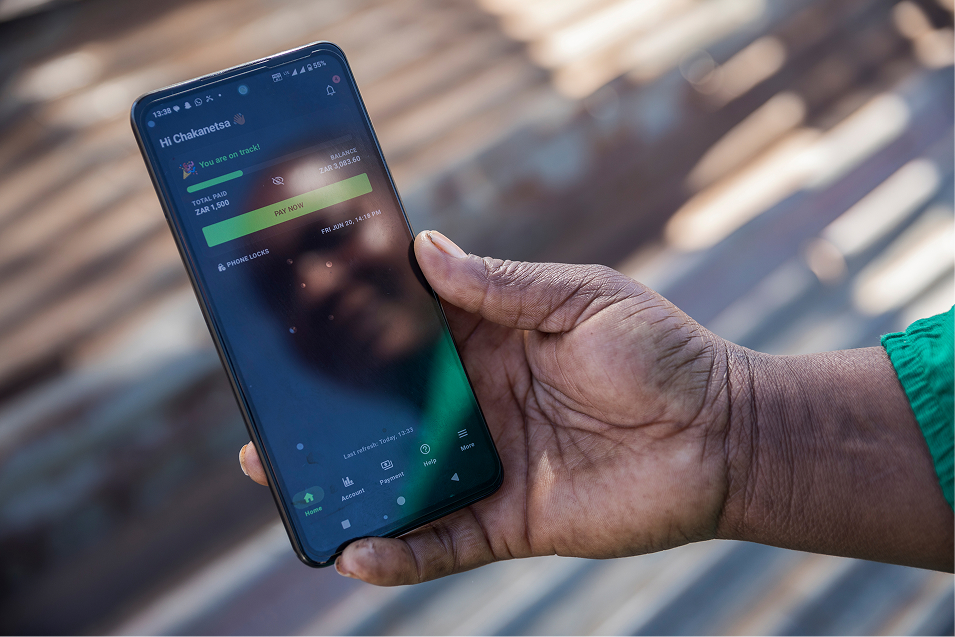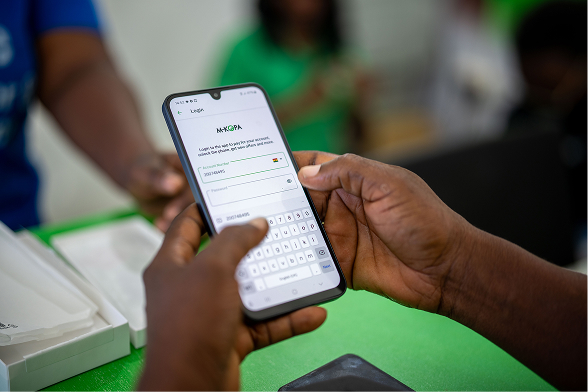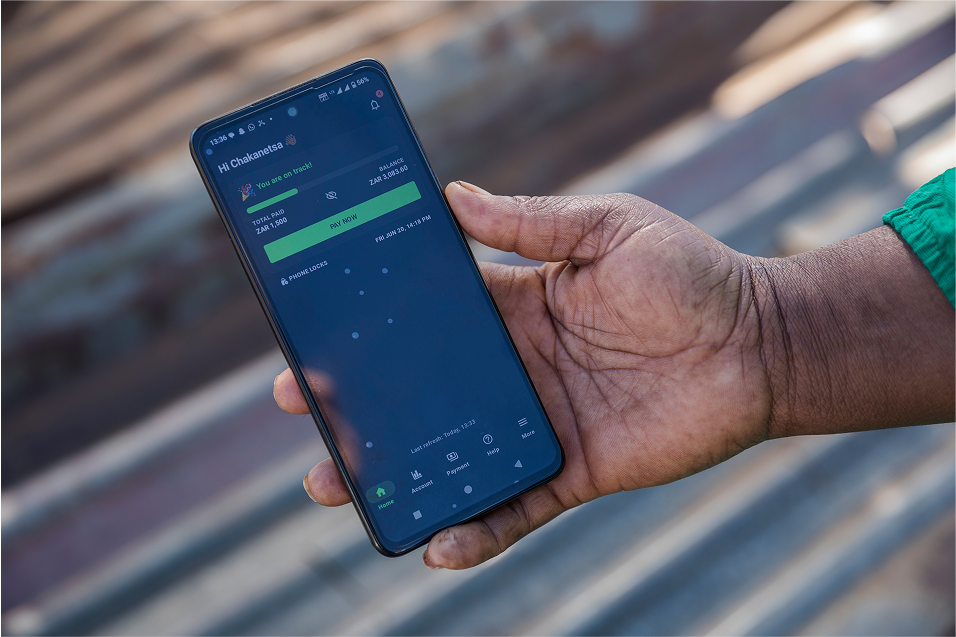Many of us set big goals at the beginning of the year and then quickly abandon them. Research shows that approximately 80% of New Year's resolutions fail by mid-February. But unlike the goal of staying fit, for instance, building an emergency fund is a goal you shouldn't give up on every year.
What is an emergency fund?
An emergency fund is an account where you set aside an amount of money to cover unexpected expenses. It's a "cushion" fund. It helps you avoid taking out high-cost loans to cover unexpected expenses or compensate for a loss of income, and also avoid making rash financial decisions.
Why is an emergency fund important?
We would love to tell you that everything in life will be fine and that you will never have a fender bender with your house, for instance, and that your shop will not be mugged... But we can hardly. That's why it's always a good idea to have an emergency fund. This will help you avoid getting into debt or reduce the impact of financial stress that occurs following an unforeseen event or a drop in income.
An emergency fund allows you to:
- Have better control over your finances, without going into debt.
- Avoid borrowing at high cost, such as taking out a loan.
- Have peace of mind, because debt causes stress.
How much money do you need to put in an emergency fund?
A general rule of thumb is to have 3 to 6 months' worth of expenses in your emergency fund. For example, if you have expenses of $2,000 per month, your emergency fund should have between $6,000 and $12,000. Additionally, the amount needed in your emergency fund depends on your personal situation: Are you single or in a relationship? Do you have a spouse without an income? Are you self-employed or do you work on a contract basis? Do you have a guaranteed job or stable income? Do you have children or dependents? Depending on your current personal situation, you may need more or less than 3 to 6 months of expenses. It's up to you to define your goal!
How to start an emergency fund
Here are simple steps to follow:
1. Open a savings account
As the name suggests, the purpose of a savings account is to allow you to save. Besides, your savings account will allow you to make your money grow. And, since the money you put aside is separate from the money you use for your expenses, you may be less inclined to spend it.
2. Set aside a realistic amount
Start saving a realistic amount. You don't need to put your entire income aside for unexpected expenses. Building your emergency fund can take months, even years, and that's okay and normal. Ideally, you should have between 3 and 6 months of salary set aside OR 3 to 6 months of usual expenses. The trick is to start by putting a small amount aside every month.
3. Eliminate certain expenses
The math is simple: the less you spend, the more you can save. A tip to start reducing your spending: identify your needs and wants. To do this, ask yourself this question: “Do I really need it?”
For example:
- Do you really need to eat this week? Yes.
- Do you really need 4 pieces of protein in your food? No, sorry.
This helps you to discipline yourself enough to keep building your emergency fund over time.
4. Review your goals
It's important to adjust your emergency fund based on changes in your life. For example, if you're moving out of your parents’ house, it's normal for your expenses to increase. And with increased expenses comes increased financial responsibilities. Besides, the greater your financial responsibilities, the more important it is to have a well-stocked emergency fund in case of unforeseen events.
Emergency Fund: Tips for Success
Most people wait until they have an amount available in their account before transferring funds to their emergency fund. In reality, they never do. This is one reason why they don't have an emergency fund and would be forced to withdraw money from their savings or take on debt to cover unexpected expenses. Here are 2 tips that can help you stay true to your cause.
Automate your savings
Schedule automatic transfers from your account to your emergency savings account. This way, you won't have to consciously think about putting money into the account every month. This technique is called "Paying Yourself First". You take a portion of your income and allocate it directly to savings. Paying yourself first means being the first of your creditors, before spending at restaurants, shops, etc.
Use only in an emergency
Once you've saved up emergency funds, it's important not to use them unless absolutely necessary. Consider whether the situation is necessary, urgent, and unexpected before withdrawing money from the account. And once you withdraw money, plan how to replenish it in the future.
Conclusion
Building an emergency fund can seem daunting, but starting small is key. Even small, consistent contributions can add up over time. By prioritizing your financial well-being and taking proactive steps, you can create a stronger financial future for yourself and your family. Remember, an emergency fund is not a luxury, but a necessity. Why not start building one today?
















.svg)




